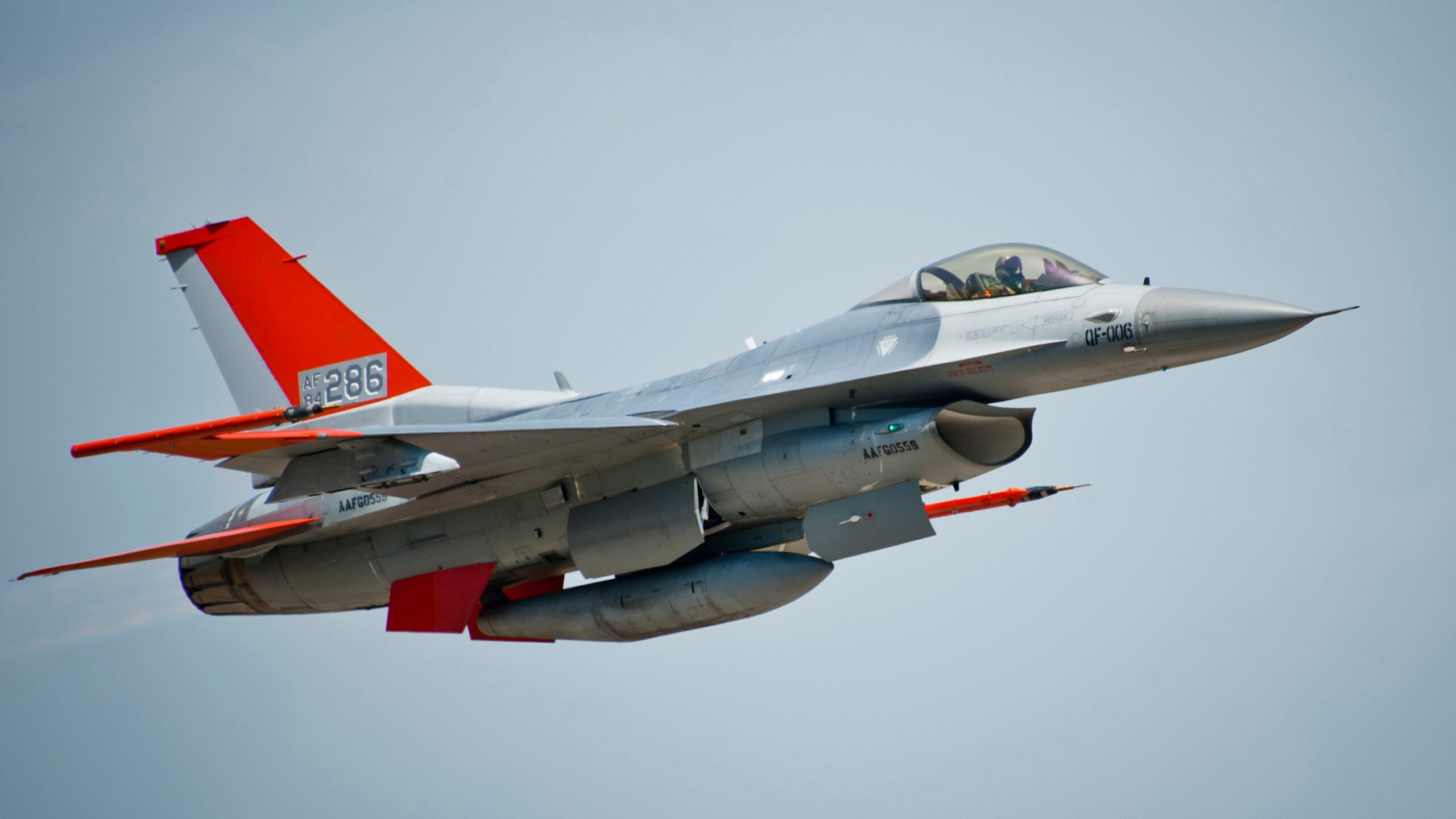FighterJock
ACCESS: Top Secret
- Joined
- 29 October 2007
- Messages
- 4,222
- Reaction score
- 3,413
If converting the SM-6 into a long rage air to air missile is not possible then why not design one from scratch? It would not be that difficult would it?
Yes, of course, just like any other A2A missile. There is no magic in LRAAMs since the 1960s.If converting the SM-6 into a long rage air to air missile is not possible then why not design one from scratch? It would not be that difficult would it?
It's just a matter of wanting it enough. They had the two designs for the Phoenix replacement and passed on both, deciding AIM-120 was sufficient. Now that it's getting long in tooth they're building new.If converting the SM-6 into a long rage air to air missile is not possible then why not design one from scratch? It would not be that difficult would it?
If converting the SM-6 into a long rage air to air missile is not possible then why not design one from scratch? It would not be that difficult would it?
I did not know that the AIM-260 outranges the AIM-120 sferrin, add on a booster rocket on the AIM-260 and you have a ready made long range missile.
Just to clarify things, you can choose to fly a missile under the wing of an Aircraft to test their sensors, datalinks, structure or internal components in realistic conditions.
For that, you would chose an available aircraft in your fleet that had already flown similar load with a representative geometry (wetted surface) and that can fly similar patterns, easily.
It doesn't imply that this missile will be used by that airframe...
Remember how Mustang were flown with early supersonic airplane models.
I think in the long run HACM will fulfill the role of very long ranged anti tanker/AWACS/bomber.I did not know that the AIM-260 outranges the AIM-120 sferrin, add on a booster rocket on the AIM-260 and you have a ready made long range missile.
For all we know, AIM-260 had enough range (it is said to outrange PL-15). And LREW is probably a large multi-stage AAM.
I think in the long run HACM will fulfill the role of very long ranged anti tanker/AWACS/bomber.
It is just a personal guess. I assume it wouldn't be maneuverable enough for fighter targets but I could easily see it having a capability against multi engine aircraft. I'm assuming it will have some kind of terminal seeker on top of INS/GPS navigation, at least in a later version (like PrSM incr 2).I think in the long run HACM will fulfill the role of very long ranged anti tanker/AWACS/bomber.
I haven't seen anything suggesting that HACM has an A-A role. But maybe I missed something?
It is just a personal guess. I assume it wouldn't be maneuverable enough for fighter targets but I could easily see it having a capability against multi engine aircraft. I'm assuming it will have some kind of terminal seeker on top of INS/GPS navigation, at least in a later version (like PrSM incr 2).I think in the long run HACM will fulfill the role of very long ranged anti tanker/AWACS/bomber.
I haven't seen anything suggesting that HACM has an A-A role. But maybe I missed something?
EDIT: The ASALM also was envisioned with an anti AWACs role as part of its mission as a SRAM replacement, though obviously its pretty easy to hit an airborne target with a nuclear weapon. But I would think HACM could easily use terminal seeker technology from an AAM - its flight regime isn't that drastically different in terms of top speed, just somewhat longer exposure time.
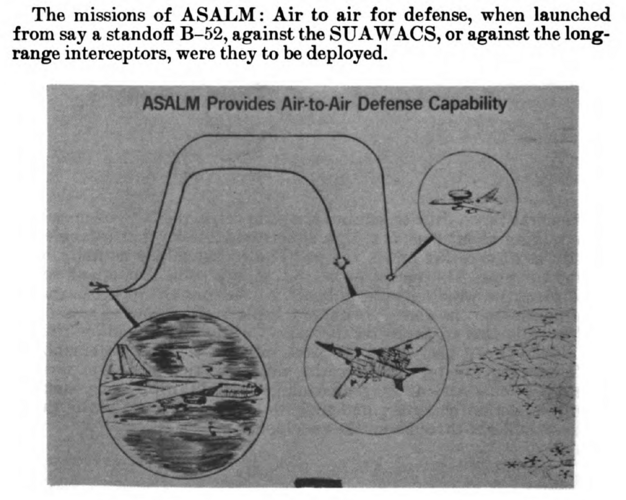
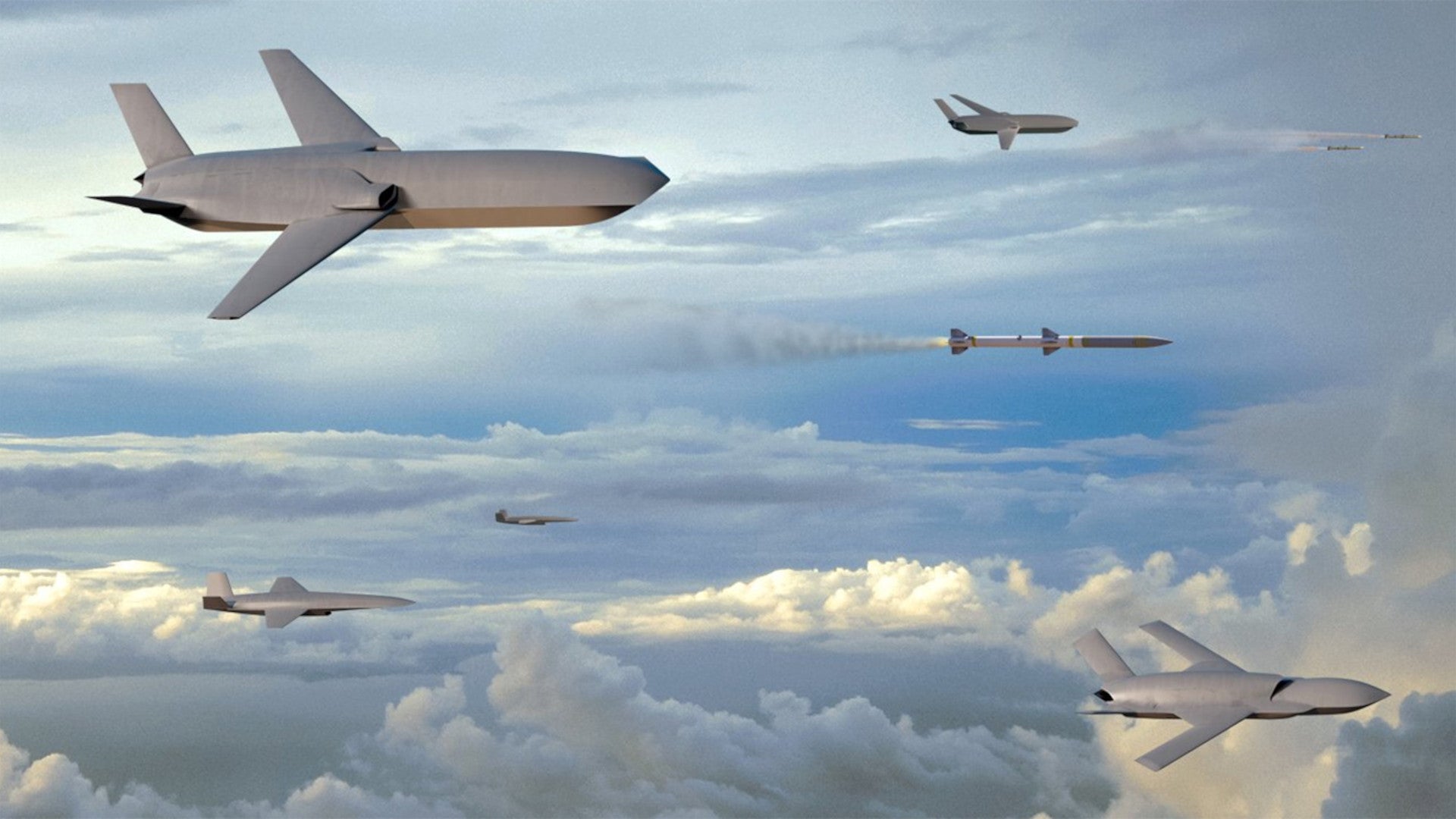
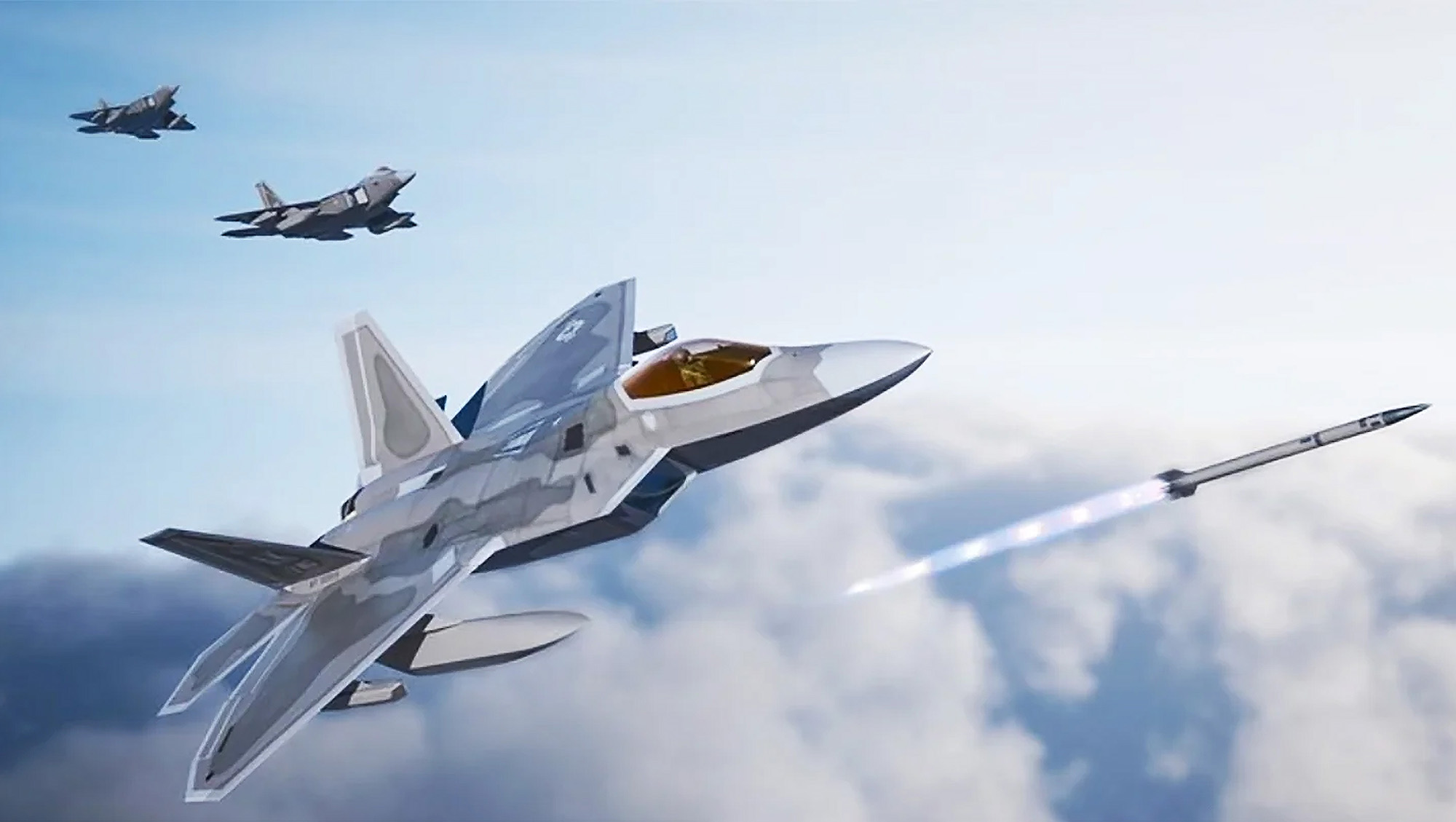
I have to admit I'm surprised by this. I had always envisioned the CCAs carrying something more like Peregrine or Cuda in larger numbers across shorter ranges and the longer ranged, more bespoke AAMs going to the manned platforms. That the CCAs are going to be packing the longest range BVRs (or at least the longest ranged AAM we know of) seems to indicate they will have a sensor suite capable of aiming them - which implies to me a higher end platform than I was envisioning for the CCA/NGAD program.
I think my disconnect is that the CCA is going to be a larger and more expensive aircraft than I originally envisioned for the unmanned portion of NGAD.
F-35, B-21, (did THAAD ever get a number), KC-46, etc.I am still incredibly pissed at the -260 naming convention.
Can't we all just agree that the Tr-Service designation system is good, and pulling random numbers out of our asses is quite silly?
Has there even been a given reason for that number? Of all the numbers in the world, why that one?
That would be AGM-130:I am also annoyed at the current state of the USAF naming system, why did they call it the AIM-260 surely it should have been AIM-130? The next available number available in the sequence after the AIM-120. It is just so stupid.
did THAAD ever get a number

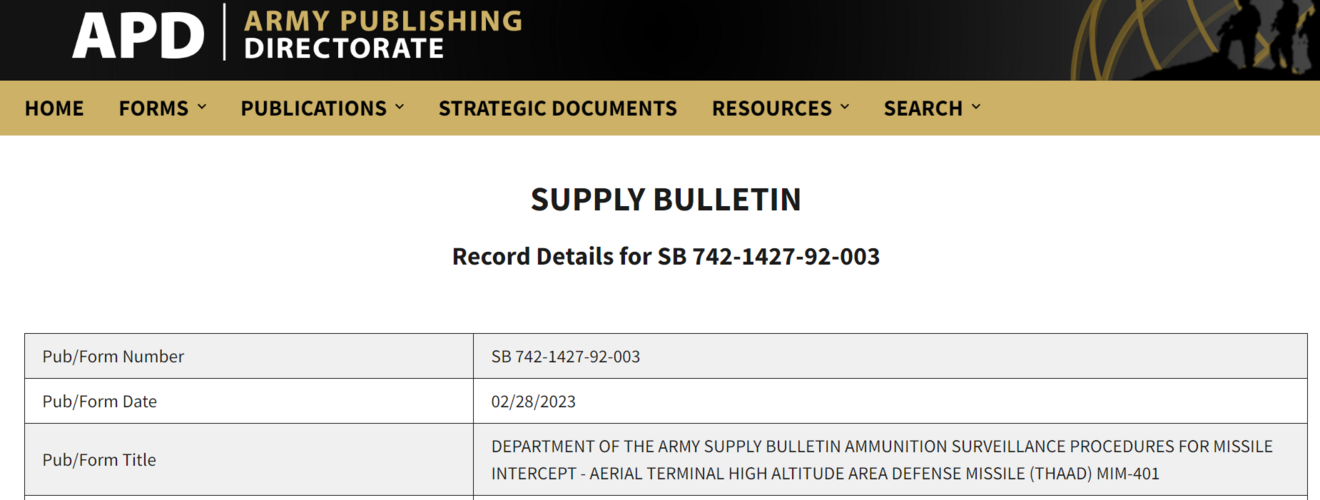
Looks like maybe it did, another hugely out of sequence one -- MIM-401.
https://www.dau.edu/cop/ammo/Pages/THAAD.aspx
Looks like maybe it did, another hugely out of sequence one -- MIM-401.
https://www.dau.edu/cop/ammo/Pages/THAAD.aspx
It looks like some lazy DoD bureaucrat took the tri-services designation for the Patriot and transposed the 1 and 4 in it.
Ground-Based Interceptor has also not received a public designation, AFAIK. I would not be surprised to see it designated as LIM-402 or some such.
Anything in that document concerning the AIM-260 stand out?
